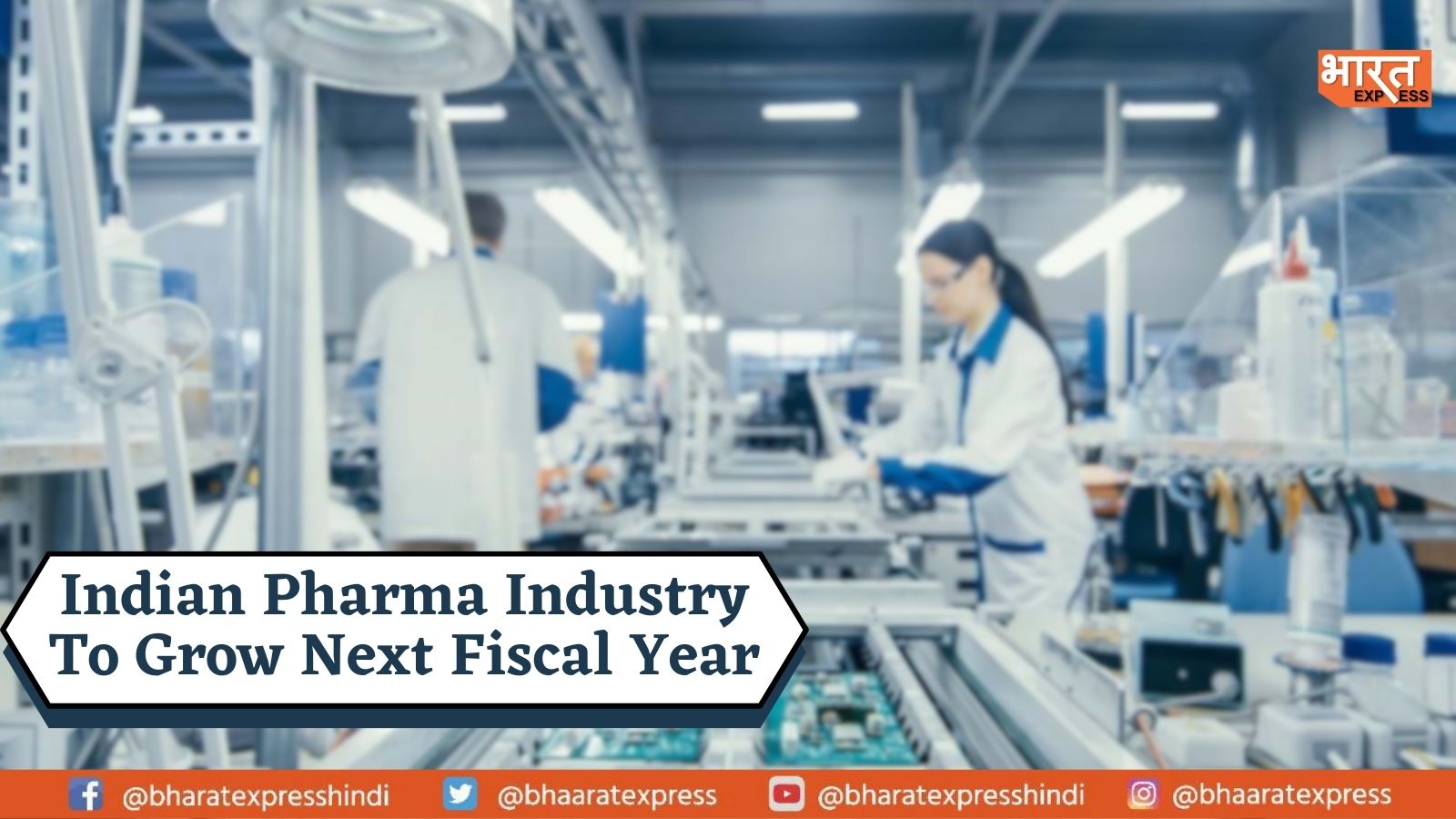
The pharmaceutical industry has been witnessing consistent growth. Even after a number of disruptive events, the Indian pharmaceutical industry recorded a healthy CAGR of 10.9 per cent between FY2012 and FY2022. Now, as per the rating agency, ICRA, the domestic pharmaceutical sector is anticipated to see revenue growth of 6–8% in the upcoming fiscal year.
Growth Of the Pharma Industry
ICRA’s Vice President and Sector Head for Corporate Ratings Mythri Macherla said in a statement, “Going forward, ICRA expects revenues for its sample set to increase by 6–8% in FY2024 against 3–4% growth in FY2023.” She continued by speaking about structural factors that are expected to support revenue growth for the industry. Talking about the same, she mentioned the ageing population, the consistent rise in lifestyle/chronic diseases and the WPI-linked increase in prices for NLEM (National List of Essential Medicines) products. Moreover, the new product introductions and increase in annual price for non-NLEM products, which will play a part.
Despite the volume growth of the Indian Pharmaceutical Market that remained at 2-3% since FY18, its growth has largely been supported by increasing prices and introducing new products, Macherla added. Increased sales of anti-infectives have helped support the total domestic pharmaceutical industry. As a result, there was a growth of 14.6% in FY2022, which was aided by price increases implemented to counteract rising raw material cost inflation, she further said. However, the growth decreased by 1.2% for nine months in FY22-23, as stated by ICRA’s report.
The report further mentioned that the measures taken by companies towards introducing new products and enhancements in field force are anticipated to contribute to the growth. Medicines on the National List of Essential Medicines (NLEM) made up 17–18% of the Indian Pharmaceutical Industry, according to ICRA, some businesses obtained around 30% of their income from these medicines. Speaking of emerging trends, e-pharmacies have gained significant traction in recent years and now make up 10-15% of the industry.
To read more such news, download Bharat Express news apps


















